Please send us an email or complete this form if you would like a hard copy of our new catalog! Here is a link to the web based catalog - 2016 Catalog!
Monthly Archives: May 2016
- Friday, May 20, 2016
- Monday, May 16, 2016
Nanostone 1812 Elements are being discontinued by the manufacturer. If you need assistance finding a suitable replacement product, please contact Sterlitech. You can browse other 1812 elements that Sterlitech offers at the moment by clicking here. Limited quantities of Nanostone Flat Sheet Membranes are still available; please contact us for more information.
- Monday, May 09, 2016
Filtering difficult biological solutions? Normally, using a thin membrane filter can pose serious questions:
- “How much liquid can I get through the filter?”
- “When will it clog?”
- “What if my solution is very critical to the project?"
Sterlitech Polyethersulfone (PES) membrane filters have a unique asymmetric pore structure that allows the user to take advantage of this feature; PES can be its own pre-filter and dynamically increase throughput!
Hold a sample piece of this material up to the light at an oblique angle, and you will see a glossy/shiny side, and a more matte/dull side. This sided-ness feature (see Figure 1) is helpful in that the more open area (matte side) has larger entry pores compared to the glossy side; and it should face into the incoming liquid stream for the best results with particulate-heavy liquids. If you were to view an SEM image of the matte side, you may quickly notice the pores seem much larg
- Monday, May 09, 2016
Forward Osmosis has been known and exploited as a separation process for a variety of applications including water and wastewater treatment, food processing, and power generation since the early 1960’s. Can this process also be applied for air de-humidification? Recent publications and patents have demonstrated that combining capillary condensation with osmosis separation through a semi-permeable membrane, introduced as Osmotic Membrane Dehumidification process, can be an efficient de-humidification method.
In the Osmotic Membrane Dehumidification process, a humid air stream is brought into contact with a semi-permeable membrane, which separates the air stream from an osmotic solution, i.e. draw solution (draw solution is generally a salt solution). Water vapors in the air stream condense by capillary condensation in the pores of the membrane and the condensed water is transferred into the draw solution by osmosis.
Unlike the conventional de-humidification processes,
- Monday, May 09, 2016
Q: What is membrane pre-conditioning and why is it recommended to pre-condition new flat sheet membranes prior to use in the bench scale filtration cells?
A: Membrane pre-conditioning is a filtration step generally done at a pressure equal to or higher than the test pressure using deionized water as the feed. During this process membrane pores are wetted and the membrane structure may go though compaction or swelling. These changes in the membrane affect both the permeate flux and the rejection values. Therefore, it is recommended to pre-condition the membranes prior to use in the bench scale filtration cells to ensure the membrane performs according to the specs provided by the manufacturer, in terms of both permeate flux and rejection values.
Q: How do you know if membrane is pre-conditioned?
A: It is recommended to filter deionized water through the membrane


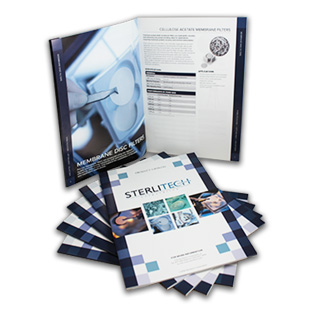
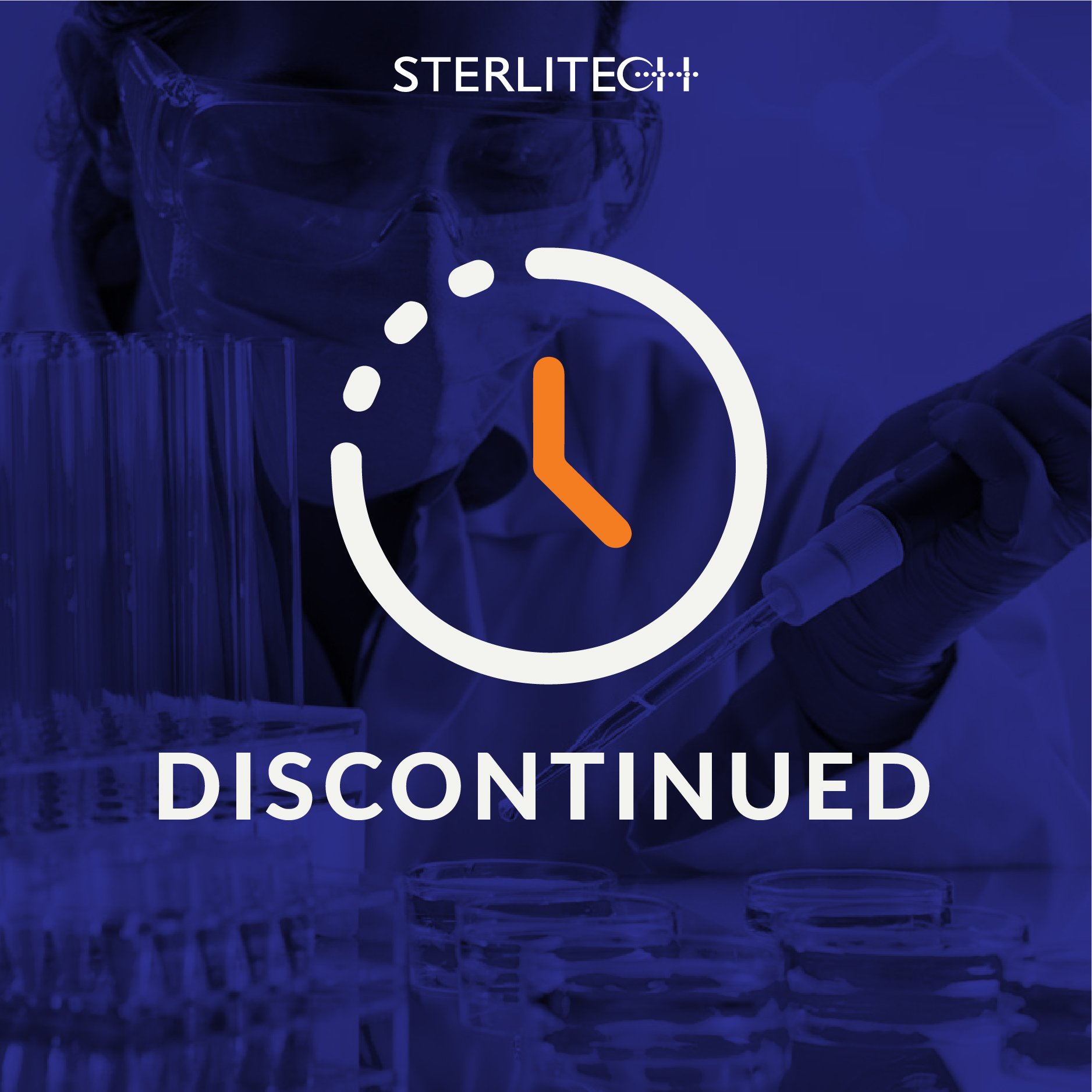
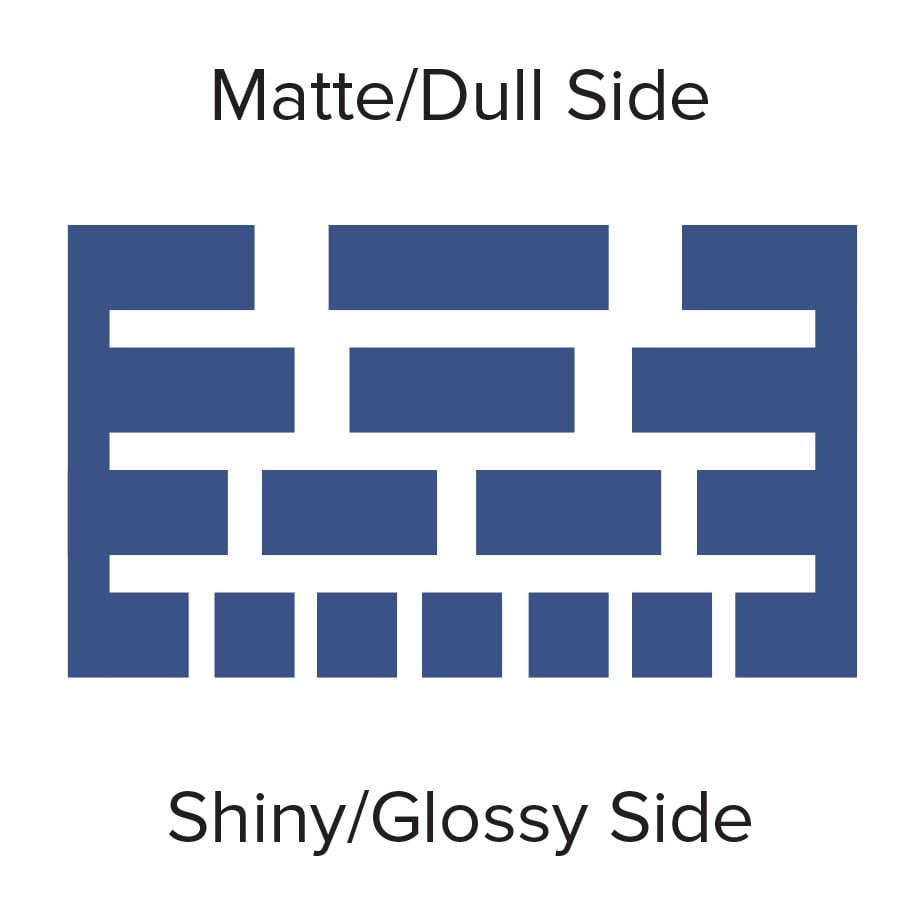
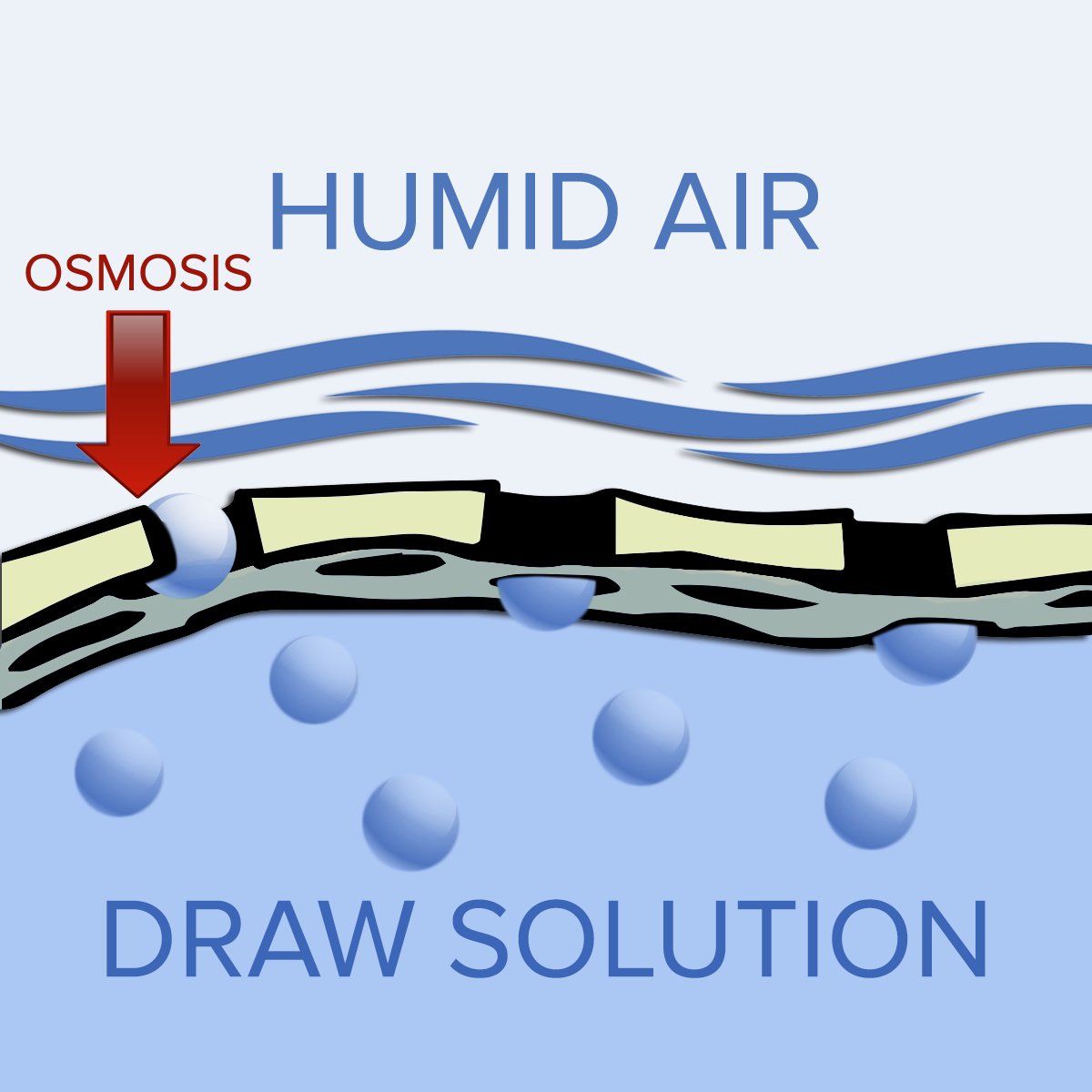
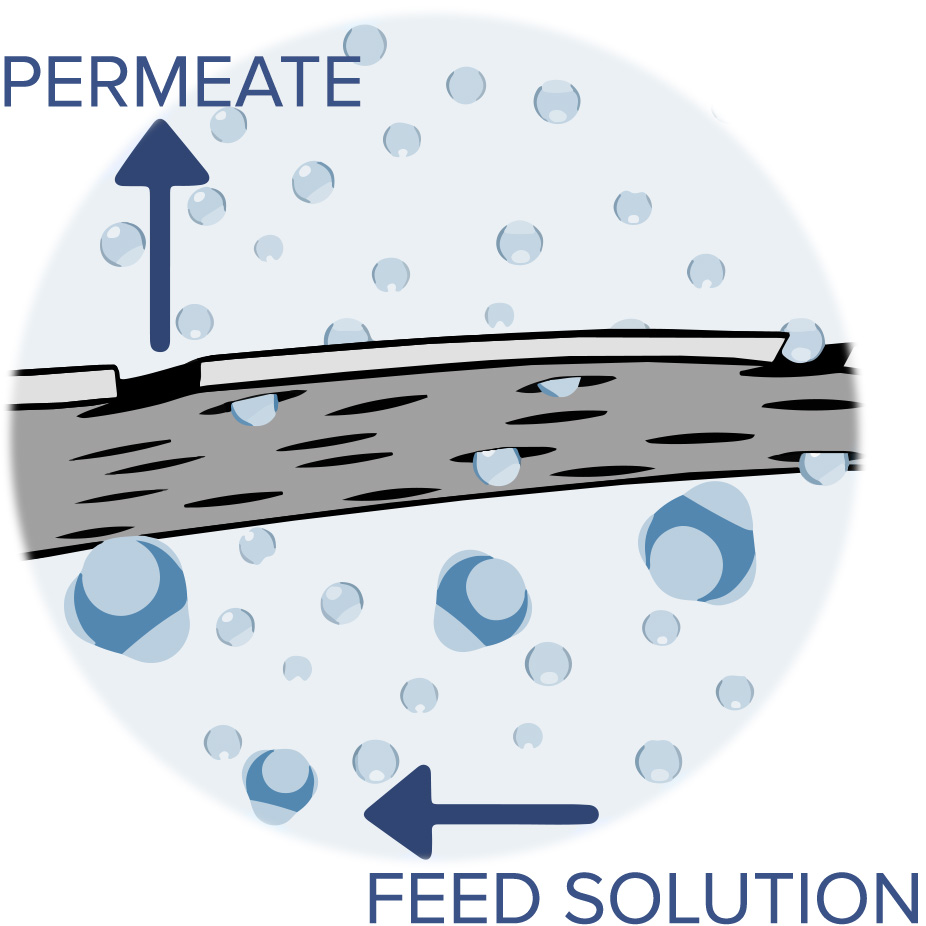
![Join Sterlitech at BIO 2024 [Booth #5558]: Exploring the Future of Biotechnology](https://www.sterlitech.com/media/magefan_blog/b4.jpeg)

